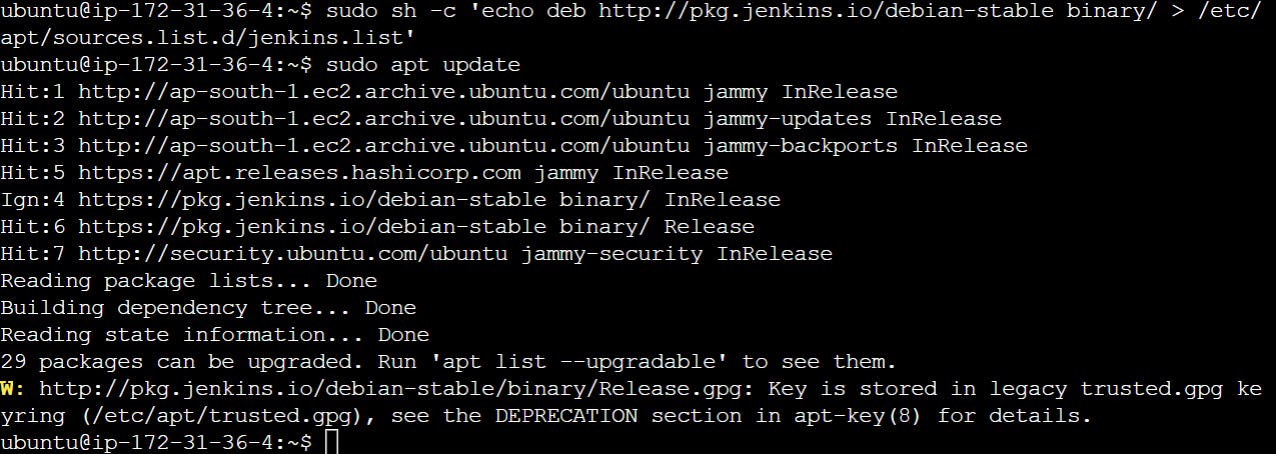Introduction:
In the Linux ecosystem, managing software installations and configurations is crucial for a smooth and efficient operating system experience. This is where package managers come into play. In this blog post, we'll explore the fundamentals of package managers, understand what packages are, and then dive into the practical aspect of installing Docker and Jenkins on Ubuntu and CentOS using package managers like apt and yum. Additionally, we'll explore systemctl, a powerful tool for managing system services.
Understanding Package Managers:
A package manager is a tool that simplifies the installation, removal, upgrading, configuration, and management of software packages on an operating system. These packages can be anything from GUI applications and command line tools to essential software libraries required by other programs. They are essentially archive files containing binary executables, configuration files, and sometimes information about dependencies.
Getting to Know Packages:
Now, let's unravel the mystery behind the term "package." In simple terms, a package is more than just an application; it can be a GUI delight, a command-line powerhouse, or a humble software library that supports other programs. Think of a package as a digital treasure chest containing the binary executable, configuration files, and sometimes even clues about its dependencies.
Different Kinds of Package Managers:
Linux doesn't believe in a one-size-fits-all approach. Package managers vary based on the underlying packaging system, and even within the same system, you may encounter multiple package managers.
For example:
RPM-based systems like CentOS boast Yum and DNF package managers.
DEB-based systems like Ubuntu flaunt apt-get and aptitude command-line maestros.
Let's Get Hands-On: Installing Docker and Jenkins
Ubuntu Installation:
Docker Installation:
Ubuntu employs the Advanced Package Tool (APT) as its package manager. To install Docker, open your terminal and execute the following commands:


Jenkins Installation:
For Jenkins on Ubuntu, we'll use APT again:





Exploring Service Management with Systemctl: Docker and Jenkins
Checking Docker Service Status:
After installing Docker, confirm its status with:

Managing Jenkins Service:
To stop Jenkins, use:

Understanding systemctl vs service:
systemctl:
A central tool for examining and controlling the system and service manager.
Supports various features, including status checking, starting, stopping, and restarting services.
Provides better integration with systemd.
service:
A simple command that typically wraps systemctl and is included for compatibility with SysV init scripts.
Some features are limited compared to systemctl.
When dealing with modern Linux distributions, it's recommended to use systemctl for service management due to its enhanced capabilities and better integration with systemd.
Conclusion:
Mastering package managers and systemctl commands is crucial for efficient Linux system administration. With these tools, installing and managing software becomes a streamlined process, ensuring your system is equipped with the latest and most secure applications.
I'm confident that this article will prove to be valuable, helping you discover new insights and learn something enriching .
thank you : )
